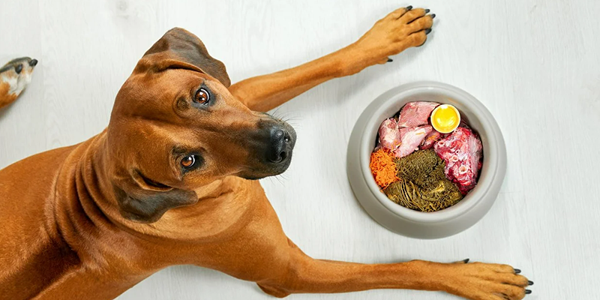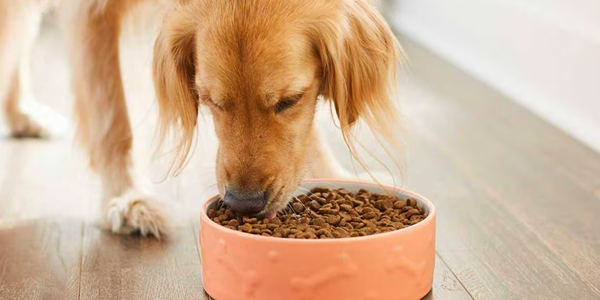Have you ever considered what your dog's food bowl could look like if it genuinely matched their natural diet? You may have wondered if there's a better option than the usual kibble. What if there was a way to feed your pet healthier and more in tune with their needs?

For the pet carer who wants their dog to lead a healthy life or for someone who is wondering what all this raw food hype is all about, this guide contains all that the reader needs to know to get their dog started on a raw diet.
Think about it: your dog's ancestors did not hunt for a bag of kibble for its supper. They supplemented their diet with fresh meat, bones, and any other amount they could scavenge from Mother Nature.
Why not give your modern dog what evolution intended, at least some meals and snacks in its daily diet?
The benefits of raw feeding go beyond just satisfying their inner wolf. Here’s what you might notice when you switch:
Say goodbye to itchy, flaky skin and hello to a shiny, lustrous coat.
Raw bones act like natural toothbrushes, reducing tartar and bad breath.
Many dogs experience fewer stomach issues and smaller, less smelly stools on a raw diet.
With the proper nutrients, your dog will feel like a puppy again (even in their golden years).
Raw feeding helps maintain a healthy weight, especially for active dogs.
Starting with raw feeding for dogs might sound intimidating, but it's not as complicated as it seems. With these beginner tips, you can transform your dog's diet.
• A proper raw diet isn’t just about tossing your dog a steak (though that would be fun to watch).
• It needs to be balanced and include:
• Muscle meat (chicken, beef, turkey, etc.).
• Bones (raw and meaty, like chicken wings or necks).
• Organs (liver, kidney, heart).
• Vegetables and fruits (optional but can provide added fibre and nutrients).
• Supplements (like fish oil or probiotics, depending on your dog’s needs).
It is not necessarily necessary to change to raw food over the weekend. Start by tossing some raw food into the dog's bowl, then slowly increase the portion within 1 week to 2 weeks.
Handling raw meat for your dog is similar to handling it for humans:
• Hand washing and utensils are mandatory.
• Raw meat should be placed in sealed containers and refrigerated or frozen.
• Do not let the food remain uncovered for a very long time.
It is always advisable to consult your veterinarian or a professional in pet nutrition before starting. They can assist you in putting together a diet that meets your dog's needs.
The best thing anyone can do in raw feeding is to research and devise a plan to do it properly. Here's a simple step-by-step dog raw feeding guide:
It is recommended that most dogs be fed raw food containing about 2-3% of their recommended body weight per day. For instance, a 50-pound dog requires one to 1.5 pounds of food daily.

For the initial couple of weeks, try incorporating only one protein source, chicken, into the diet. Once they're comfortable, add other proteins, including beef, turkey, fish, etc.
Therefore, switching between raw foods is essential to maintaining a healthy diet. Change the types of meats, bones, and organs in the diet plan so that you provide your dog with the necessary nutrients.
Preparing a batch of raw meals and storing them in the freezer makes raw feeding for the pet less time-consuming.
Take note of your dog's activity level, skin, stool, and appearance. These are good signs of the diet's effectiveness.
As with any feeding regimen, raw feeding has its misconceptions that people tend to believe. Let's bust a few:
Dogs have stomach acid that can digest raw meat, and bacteria will not harm your dog, but sanitation is essential.
While cooked bones are a hazard simply because they crack and have sharp edges, raw bones are not so problematic and might even help with oral care.
While it may be more expensive than kibble, 'buying in bulk', 'sourcing locally', or even using cheaper cuts of meat make it feasible.
Raw feeding is not an exact science, as it may sound. Some dogs can be healthy on it, while others may need a change because of some medical condition or personal preference.
However, raw feeding is a good idea for anyone seeking a holistic and nutritionally rich way of feeding their dogs.
A little preparation, experimentation, and affection will help you be on your way to a healthy, happy hound who happily consumes meals perfectly suitable for its palaeolithic predecessors. Ready to give it a try? The raw adventure awaits!